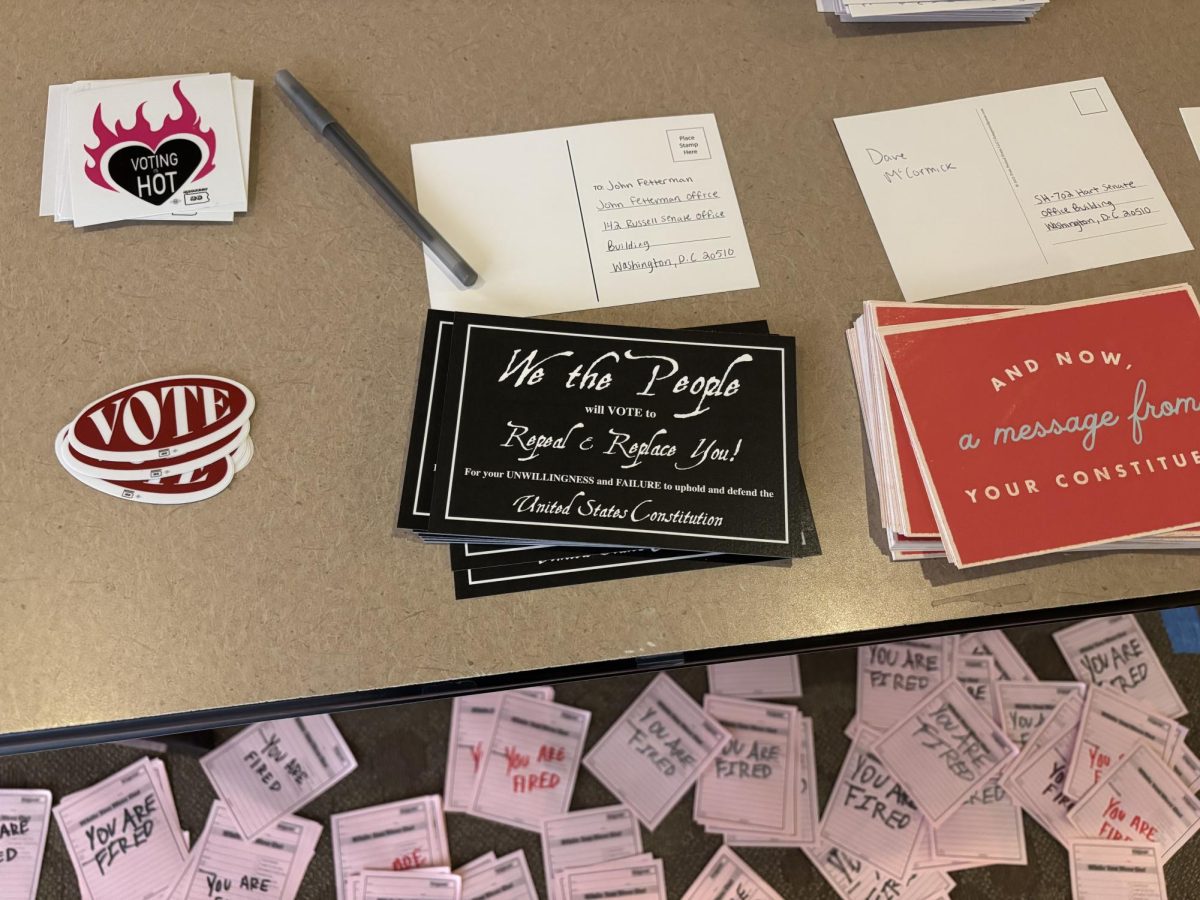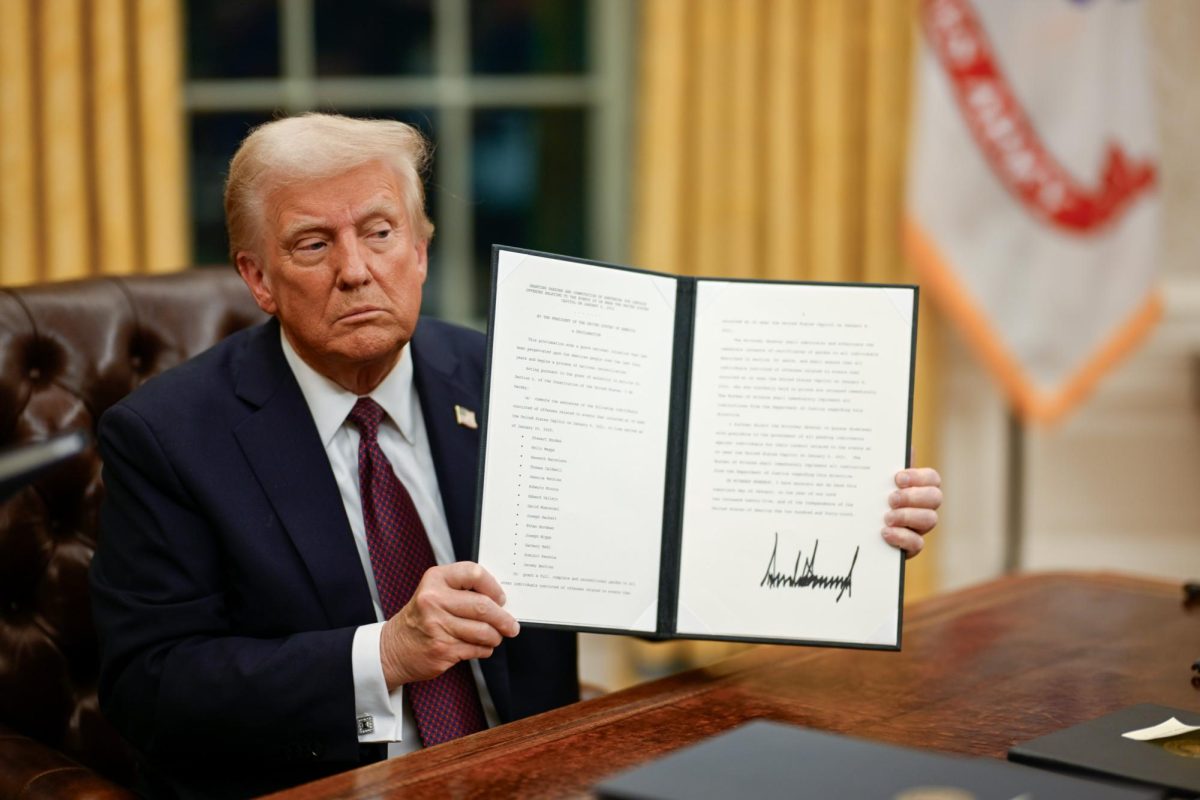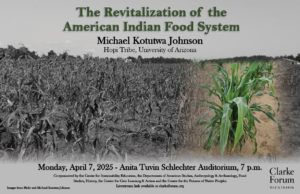Now that there has been a 90-day pause on some of the new administration’s tariffs as of April 9, 2025, it might be worth assessing what the purpose and ramifications of the initial tariff announcement, along with some of the subsequent steps taken by world leaders are. Professor Nicola Tynan of the economics department shared her opinion on the situation.
Regarding the potential benefits of the concept of mass tariffs, Professor Tynan stated that there could be a few. Firstly, the fundamental issue with a trade deficit, which is not the reason why tariffs normally exist, is that more is being imported than exported. In theory, tariff will encourage domestic production. Another potential benefit of tariffs is that the mechanism could serve as political leverage over the USA’s trading partners, although Professor Tynan considers that objective to be outside the area of economics. Regarding her own area of research, environmental economics, Professor Tynan pointed out that there is the possibility of a lower amount of emissions through the more advanced US production methods, although there are quite a few caveats. For instance, the choice of which regulations the government decides to set or rectify have the possibility that such a reduction in global pollutant emissions are not taken advantage of. There are also a variety of legitimate grievances aimed at specific bad actors in the international trade arena, although the use of a blanket 10% tariffs on all trading partners, regardless of size of deficit, behavior or quantity of human citizens. Specific tariffs can be very effective, such as protecting the EU’s agriculture sector, with it’s set of stringent health regulations. In short there are potential benefits, although it practice, there are some significant risks to the administration’s approach.
There is some historical precedent to implementation of tariffs, and fortunately Professor Tynan has considerable knowledge of several of these instances. The most famous case of the USA trying mass tariffs to encourage domestic production was the Smoot-Hawley Act during the Great Depression. Unfortunately, this Act didn’t manage to restore domestic production, and to an extent even exacerbated the situation. During the first administration of the current President, there were some tariffs implemented on specific goods. However, whilst the steel industry did benefit from those tariffs, prices of goods downstream the supply chain, like domestically produced cars were faced with higher costs.
Markets understand that there are some problems with the current implementation of tariffs. Firstly, global supply chains are so intricate, that it will take years to set up local production, especially of intermediate goods. The production of raw materials such as rare earths in particular has not been done on a large scale domestically in years, which underpins the efforts to support domestic manufacturing. Crucial imports that may be needed to construct domestic infrastructure may increase in price as well. A few sectors like the Shrimp industry may greatly benefit, which Professor Tynan highlighted, although due to the wage-cost differences, prices may go up for consumers.
In conclusion, the implementation of the recent tariffs, and the 90-day pause have greatly changed the global economy. The People’s Republic of China has already started implementing 125% tariffs to counter the USA’s rate of 145%. What the future of this series of tariffs will be is not clear.






